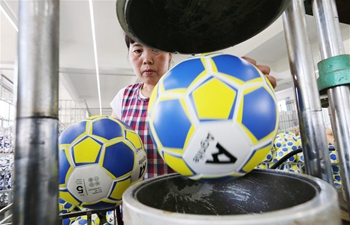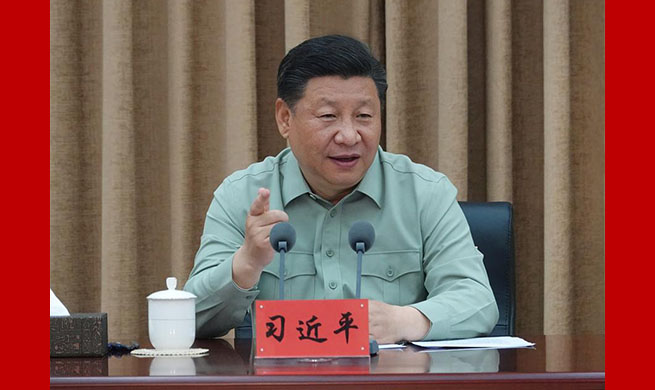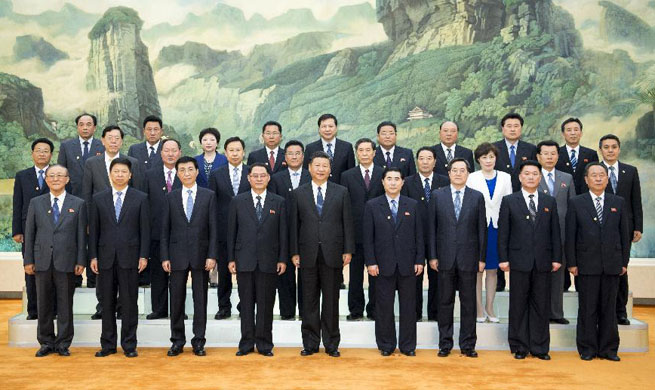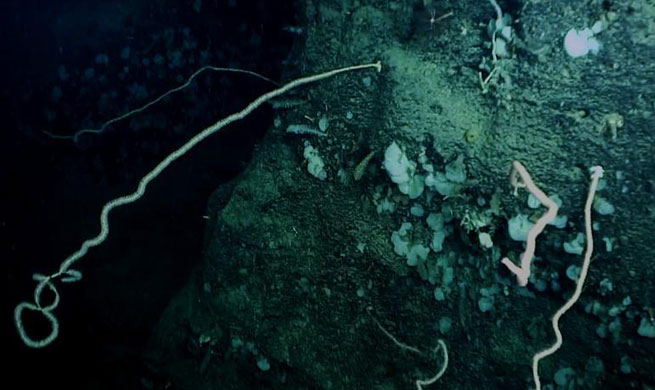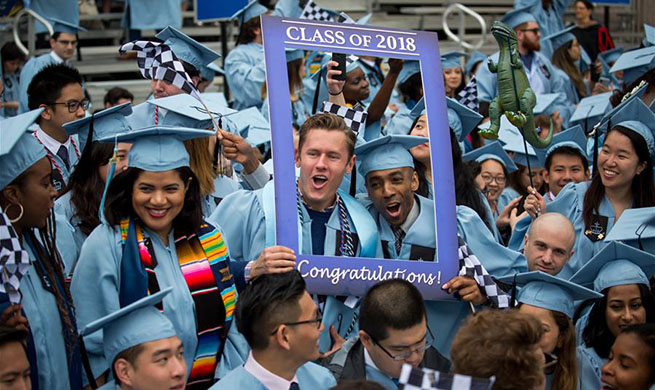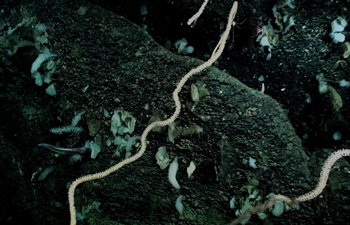CHICAGO, May 16 (Xinhua) -- Researchers at Washington University School of Medicine in St. Louis have identified the molecular handle that chikungunya and related viruses grab to get inside cells.
The findings could lead to ways to prevent or treat diseases caused by chikungunya and related viruses.
The researchers identified the protein on cells that chikungunya virus latches onto as Mxra8. Additional experiments showed that not just chikungunya but its arthritis-causing relatives, such as Mayaro, Ross River, O'nyongnyong and Barmah Forest viruses, require the protein to get into cells.
As chikungunya uses Mxra8 protein as a handle to open a door into cells, the researchers tested whether preventing the virus from grabbing that handle could reduce infection. They deluged the virus with decoy handles.
A day after infection, the level of virus in the mice's ankles and calf muscles was between tenfold and a hundredfold lower in the animals that had been treated with blocking antibodies than those that received placebo. Three days after treatment, the mice that had received the treatment exhibited much less swelling in their ankles than those that received the placebo.
The results suggest that a compound that blocks the virus from attaching to Mxra8 on the surface of cells could prevent or reduce arthritis.
The researchers are working on mapping the structure of the protein and locating the exact spot to which the virus attaches. Such information could help researchers design a compound to interfere with the virus's ability to hold onto the protein, or to design vaccines to prevent infection.
The findings were published May 16 in the journal Nature.









